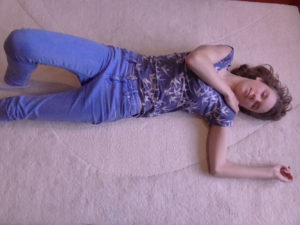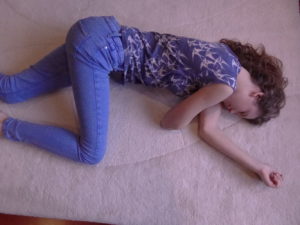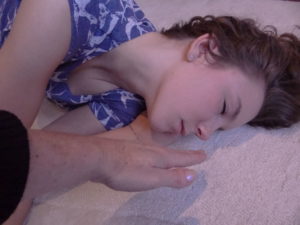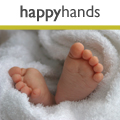How to put an adult or child into the recovery position
Health
How to put an adult or child into the recovery position
We speak to Emma Hammett of First Aid for Life about what to do in an emergency and we need to put someone in the recovery position
If a casualty is unresponsive and breathing we are normally advised to put them into the recovery position. The recovery position is when someone is rolled onto their side to keep the airway clear and allow the casualty to keep breathing.
How to put an adult or child into the recovery position
If you are not worried about a spinal injury, or if they are very heavy, you can just use their knee as a lever to propel them over into a draining position. If you are worried about the possibility of a spinal injury and you have other people to help, it is best to log roll them to keep the spine in line.
Move the arm closest to you out of the way. Use the hand closest to their head to hold their other hand and put this onto the side of their cheek to support the head and neck as you turn them.

Pull their bent knee upwards into a running position to stabilise their body.

Use your other hand to lift up the outside of their knee and use this as a lever to pull them over. Pull the knee to the floor, whilst supporting their head and neck with your other hand.

Ensure that they are over enough so that their tongue is flopping forward and any contents of their stomach are able to drain out of their mouth. If you are not worried about a possible spinal injury, tilt their head back slightly to ensure the airway is properly open. If you are worried about a possible neck injury, just ensure they are rolled over enough to drain.
Keep checking that they are breathing by feeling their breath on the back of your hand. Get the emergency services on the way if they haven’t already been called.

If you are unsure of what to do in a medical emergency please book onto a First Aid course or you can brush up on essentials with an online course from www.onlinefirstaid.com, emma@firstaidforlife.org.uk or call 020 8675 4036 for more information.
First Aid for life provides this information for guidance and it is not in any way a substitute for medical advice. First Aid for Life is not responsible or liable for any diagnosis made, or actions taken based on this information.
Have Your Say
Be the first person to comment on this article, just post a comment below.





In order to post a comment you need to be a member. Join Now | Sign in